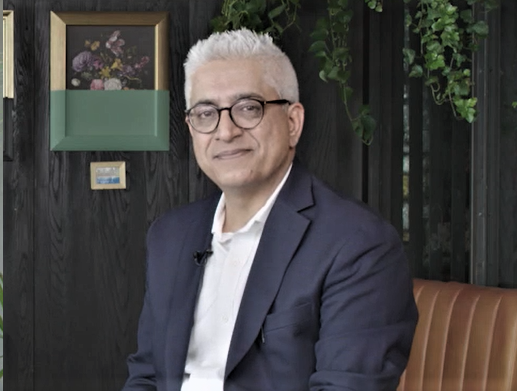
Log files, excel spreadsheets with point-of-sale figures, hierarchies, and inventory data are rich sources of information for retailers to crunch and analyse in order to improve their business and make the right kinds of buying and sourcing decisions, identifying supply chain conundrums and determining price points. Data that’s also extremely resourceful is that which is derived from in-store sensors, customer reviews, social media posts and hashtags, and even conversations between the store staff and customers.
While the former i.e structured data sits on well organised databases for retailers to access, giving them the operational robustness, unstructured data gathered from social media and personal interactions help retailers achieve unprecedented value and gain competitive advantage. It is paramount to collect, analyse and understand all kinds of data collected within the organisation to create a future-fit strategy to flourish businesses and the overall retail ecosystem.
Since structured data is easier to work with, companies have been able to do a lot with it. Unstructured data, on the other hand, is yet to achieve its full potential. According to a survey by Deloitte, only 18% of organisations reported being able to take advantage of such data. Data-driven customer insights can help customer conversion rates, personalizing campaigns to increase revenue, predicting and avoiding customer churn, and lowering acquisition costs. Data is also important to personalise in-store experiences and elevating shopping journeys within outlets.
Retailers across the board are realising the importance of optimal use of data, especially traditional brick-and-mortar operators who are now launching e-commerce websites. Jashanmal Group, is one such retailer in Middle East that started its digital evolution journey about four years back and are slowly reaping the benefits of its well laid out strategies today.
“First, we started looking at our customer data – who our customers are, what their needs are, how they are currently interacting with us and how they have shifted their priorities over the period – and invested in a lot of good technologies, which can collect data from all the different sources, be it from our legacy systems, our store staff dealing with the customers, or social media. So we started collecting data and worked on pruning it so that in the coming days we could make sense of it and develop our strategy of going online,” said Dinesh Dhingra, Group Chief Support and Service Officer at Jashanmal Group.
A structured way to tap into unstructured data
Being a traditional retailer that has been in business for over 100 years, attributes and functions like, purchasing, planning, stock arrangements and personal relationship with the customers visiting its brick-and-mortar stores have given the company a wealth of data made available in the entire chain. However, migration of all this data online can be truly challenging, which requires the right kinds of skills, personnel, and technologies and platform.
“Traditionally, data was available mostly in unstructured form – in a form that was not very easily readable, making it difficult for us to analyse it to the extent that we are able to now. But over the years, what has happened with the use of more technology and tools is that data is moving towards a much more structured pattern,” he said noting that unstructured data is now being structured in order to make it easier for retailers and companies to analyse it and make the most of it.
By moving online, the quality of data gathered has also improved drastically. “There is a difference (in quality) when you’re acquiring handwritten notes and collecting data from conversations in the store and then trying to convert it into an electronic form. Now, you are getting data, which is connected to the social media channels and e-commerce stores where people are logging-in and giving their phone numbers and email addresses. It is much more structured and much more usable. There are still a lot of choices around the customer behaviours which is still a bit unstructured, which needs to be fine-tuned,” he said.
How to develop a big data strategy?
From a business standpoint, retailers will need to empower people across their organization to make decisions swiftly, accurately and with confidence. The importance of unstructured data in the retail landscape today has grown so much that it now being referred to as big data. The next step would be to harness big data to make the best plans and decisions, understand customers more deeply, and uncover hidden trends that reveal new opportunities.
“While doing their big data strategy, every organisation needs to underline all the problems they are dealing with. It can be about a product launch, product selection, category selection, pricing strategies, and even a lesson on retaining customers and acquiring more. Lately a lot of tools and technologies address these kinds of requirements. But, as an organisation we have to make sure that all the sets of data are stored properly and that they are safe and secured. It’s not only about your legacy data, it’s about your social data, web logs and unstructured data. The tools a retailer selects should have an option to store everything, which forms a part of a ‘Data Lake’. You need to allocate tools and technologies that can build your data lake and then look at all the tools that can mine the data,” he explained.
“The third step to the strategy is to have a very good presentation layer. Businesses use the mining tool from the Data Lake and access data that is easily readable. This helps them take decisions based on that and develop their marketing campaigns, their digital content, and product development based on market demands,” he added.
A successful business operation makes the most of structured, semi-structured and unstructured data to understand and predict customer behaviour, unearth the reasons for such behaviour, and present innovative concepts and solutions to up the retail game of the region.